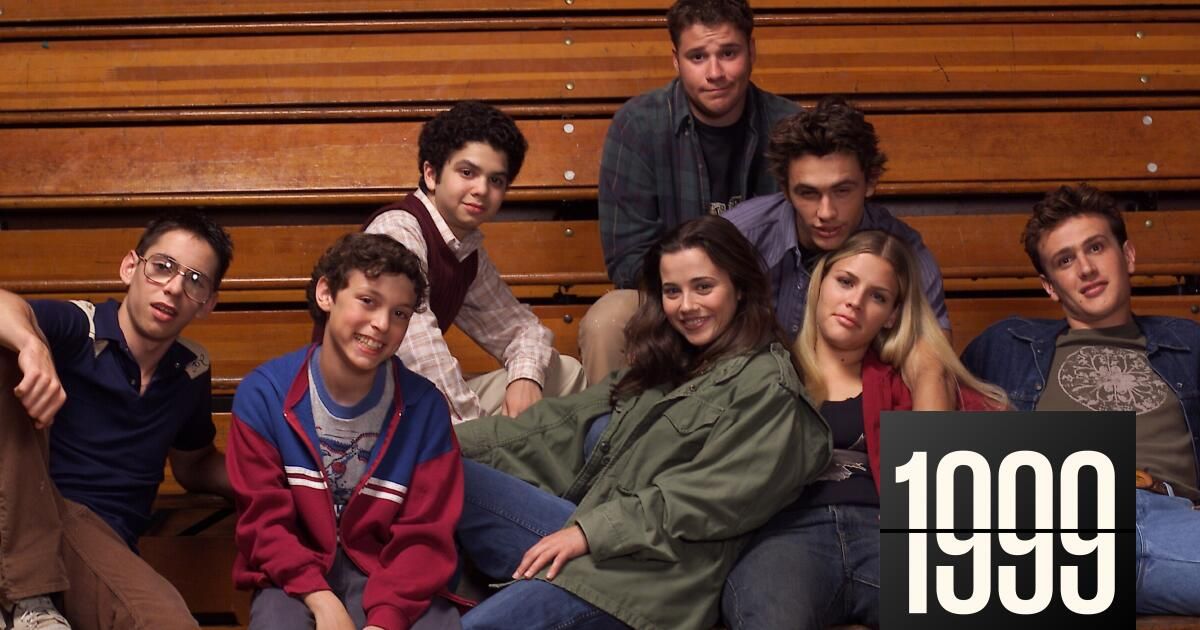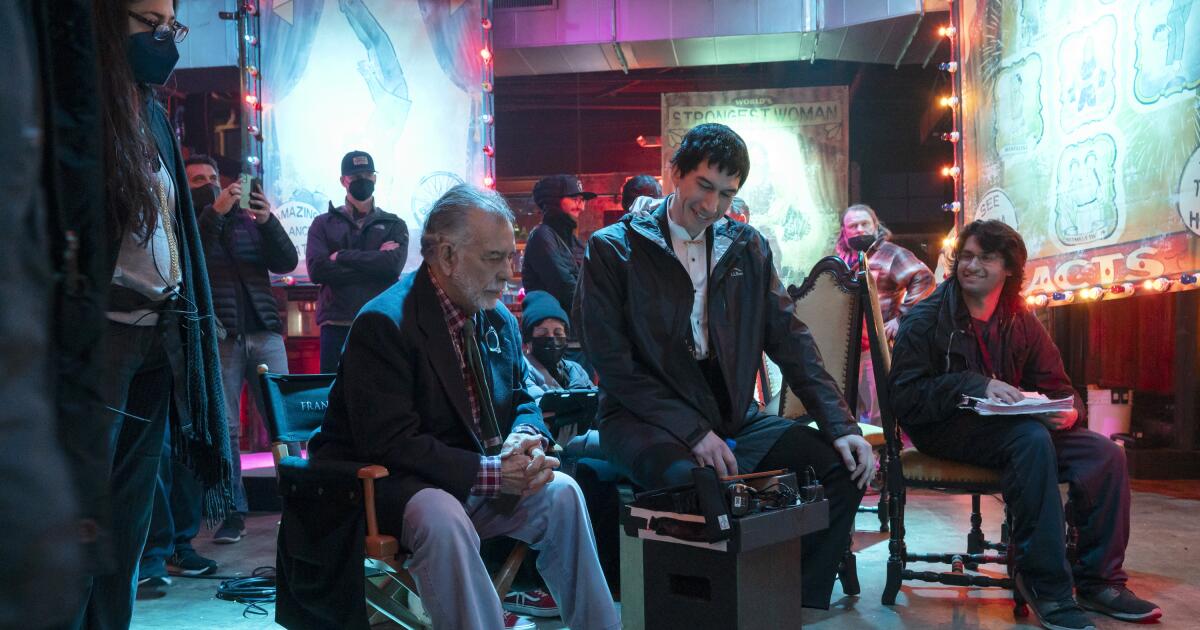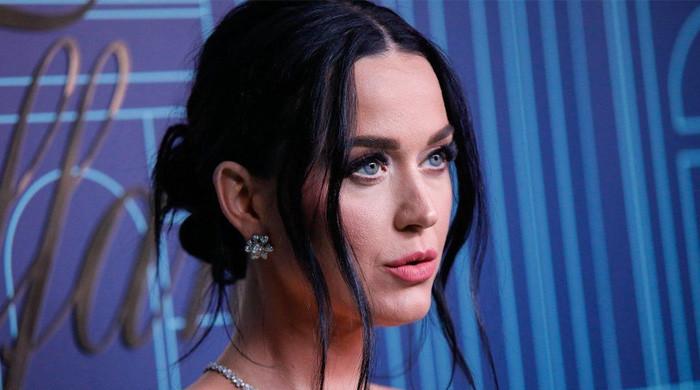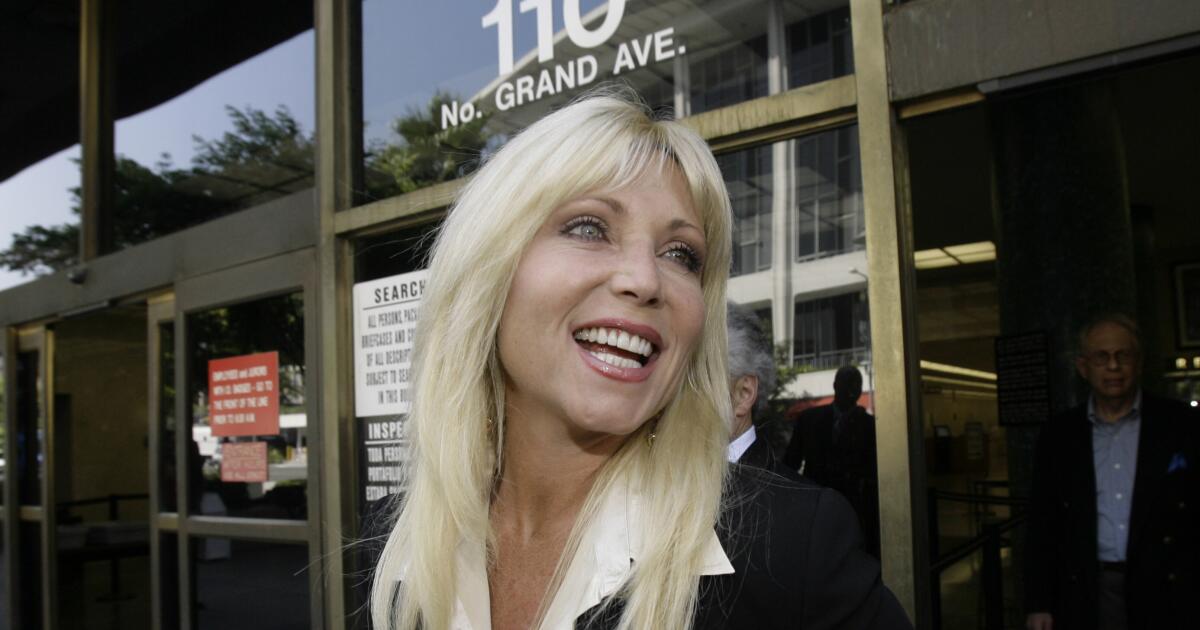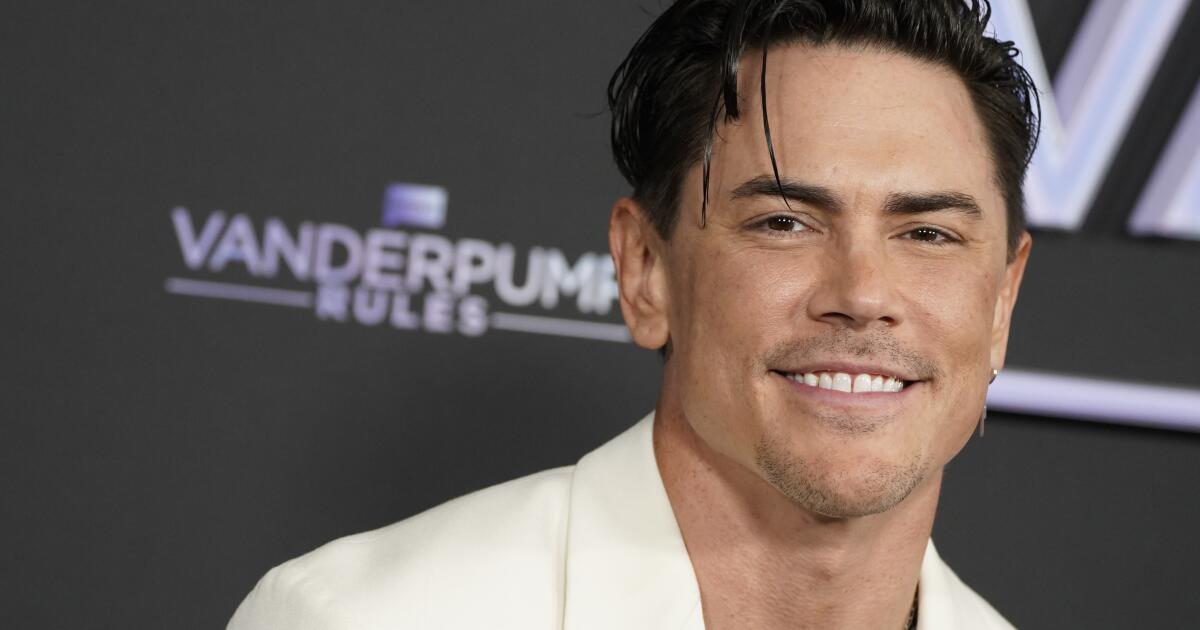Twenty-five years ago, on September 25, 1999, NBC premiered the high school comedy “Freaks and Geeks” as part of its new fall season.
Thus began a saga of independent vision, creative freedom and corporate mismanagement that shaped the life and death of this short-lived but long-remembered (and still-discovered) television series. Created by Paul Feig and set in a Michigan suburb during the 1980-81 school year, it centered on 16-year-old high school student Lindsay Weir (Linda Cardellini), her 14-year-old brother, Sam (John Francis Daley), and their respective groups of friends, all of whom are outcasts by temperament, choice or lack thereof.
Sometimes artworks can feel particularly personal, as if we were in a real relationship. “Freaks and Geeks” seems to be a part of my life, not only because I have rewatched it regularly for 25 years, but because I see myself and my friends in its characters, more geeks than freaks, but freaks too.

The 1999 project
All year long, we'll be celebrating the 25th anniversary of pop culture milestones that transformed the world as we knew it and created the world we live in today. Welcome to The 1999 Project from the Los Angeles Times.
I’ve also had the recurring opportunity to study it up close. I was covering television at another paper, the then-healthy L.A. Weekly, when the series debuted and wrote a long, landmark cover story about the series as it teetered on the edge of oblivion, speaking at length to Feig, executive producer Judd Apatow, and director Jake Kasdan, who had a lot to do with the show’s “uncosmetic” look and tone. It had already been canceled, but was still in post-production on its final episodes—some of the series’ best, but which NBC never aired. They would eventually go out into the world, through a combination of public screenings, what executive producer Apatow called “the unofficial distribution system,” and, at last, on home video, including a special DVD set housed in a replica of the high school yearbook (in which my cover story, titled “Too Good and Too Weird,” was reprinted after Kasdan’s diagnosis of its failure).
Twelve years later, when the series had achieved legendary status and its stars had become universally known, Apatow, who was editing an issue of Vanity Fair devoted to comedy, asked me to put together an oral history of the show, for which I spoke to all the principal cast members, some supporting cast members, writers, directors and executives, and, once again, Apatow and Feig. Then, in 2015, I interviewed the pair on camera as bonus content for the series’ Blu-ray release.
So it's time to dive back into it.
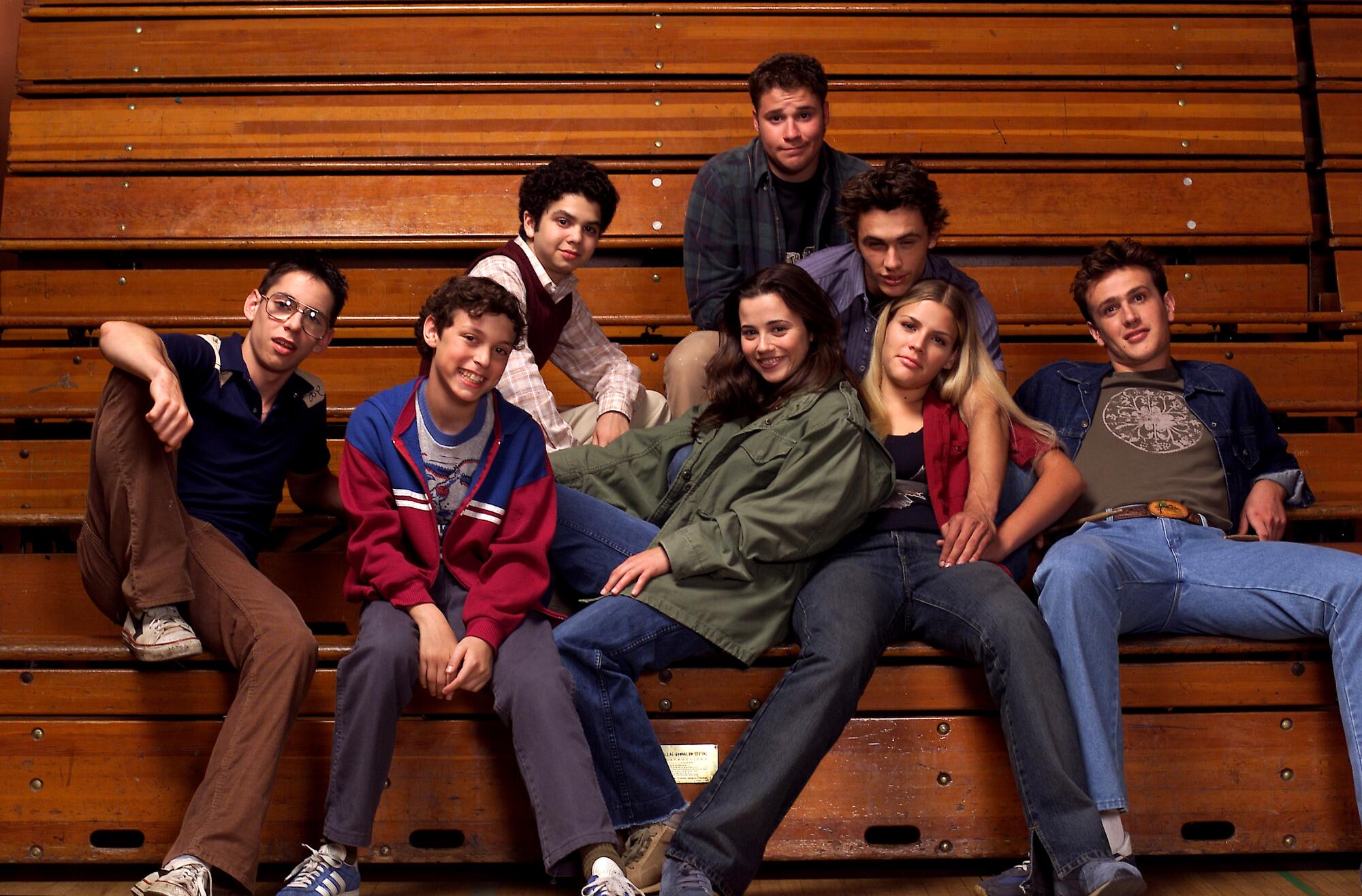
The cast of NBC's “Freaks and Geeks,” from left: Martin Starr, John Francis Daley, Samm Levine, Linda Cardellini, Seth Rogen, James Franco, Busy Philipps and Jason Segel.
(NBC)
Whether comedies or dramas, most movies or TV shows about teens fall into or combine elements of four categories: nostalgia, presenting older viewers with an optimistic or comedic image of their own youth and giving younger viewers a view of history, accurate or not; aspirational, in which young viewers can see themselves as they wish to be and older viewers as they wish they had been; sensationalist: glamorous soap operas that peddle sex and drugs (which some might consider aspirational); and educational: issue-oriented, with or without a cautionary element.
There’s none of that in “Freaks and Geeks.” Though the story is set in the early 1980s, because that’s when Feig grew up, it is not, beyond a few cultural references, nostalgia; there’s not the slightest suggestion that those were “halcyon days,” and in any case, the observation is so keen and the performances so lively that the series seems contemporary every time you watch it. It’s certainly not aspirational, given the soup of confusion its characters swim in. There’s no glamour and no useful information, beyond knowing that your struggles are not yours alone.
“Freaks and Geeks” was something new, not necessarily realistic, but real: hilarious, melancholic, beautiful. The series begins with an existential crisis, as Lindsay, a straight-A student, stops believing in God, drops out of school and starts hanging out with the rootless “freaks”: sardonic Ken (Seth Rogen), brash Kim (Busy Philipps), deceptively fragile Daniel (James Franco) and sweet, drug-addicted Nick (Jason Segel). All this worries her parents (Joe Flaherty and Becky Ann Baker) and confuses her brother, who, along with his friends Bill (Martin Starr), a clumsy, thoughtful person, and Neal (Samm Levine), a pseudo-sophisticate, is not yet done with childhood but is hurtling toward something new. But no one knows where they are going.

The cast and crew of “Freaks And Geeks,” from top left, clockwise: co-creators Paul Feig and Judd Apatow; producer Victor Shu; and actors John Daley, Linda Cardellini and Samm Levine.
(NBC)
Feig was an actor and comedian who wrote the show’s pilot in Midwestern motel rooms while on tour with his self-financed film, “Life Sold Separately,” about four strangers waiting in a field for aliens to arrive. He gave it to Apatow, a friend from the comedy world who had a development deal with DreamWorks; Apatow had apprenticed under Garry Shandling on the groundbreaking “The Larry Sanders Show,” the production of which Shandling once described as “almost a sacred process,” an exercise in “finding the moment, in feeling confident in being who you are.” (Of “Freaks and Geeks,” Apatow told me in 2010, “I was kidding myself that I was still writing for ‘The Larry Sanders Show,’ except it was happening in high school, and it would have the same level of truth and humor and drama.”) The script was quickly turned into a pilot, which quickly became a series that was made with minimal interference, and what interference there was, Apatow interfered with it. In the end that didn't help their chances of survival, but it was a ship they were prepared to sink.
The critical reaction was nothing short of ecstatic, and while there was an audience — several million on any given night — it wasn’t large enough to satisfy NBC, which pushed for characters to “win” from time to time. “We were telling really unconventional stories where the wins were so small that they could be mistaken for not real wins,” Kasdan recalled in 2013. But despite the show’s focus, its chances of developing a larger audience were undermined by the network changing its time slots and repeatedly pulling it from the schedule — for the World Series, the November sweeps, the December holidays and the February sweeps. It ran for two weeks, off for three, on for three, off for eight, on for five, off for four, on for two, and then — with the episode “Chokin’ and Tokin’,” in which Bill’s peanut allergy puts him in a coma and Lindsay becomes paranoid about trying marijuana — it was gone with the wind.
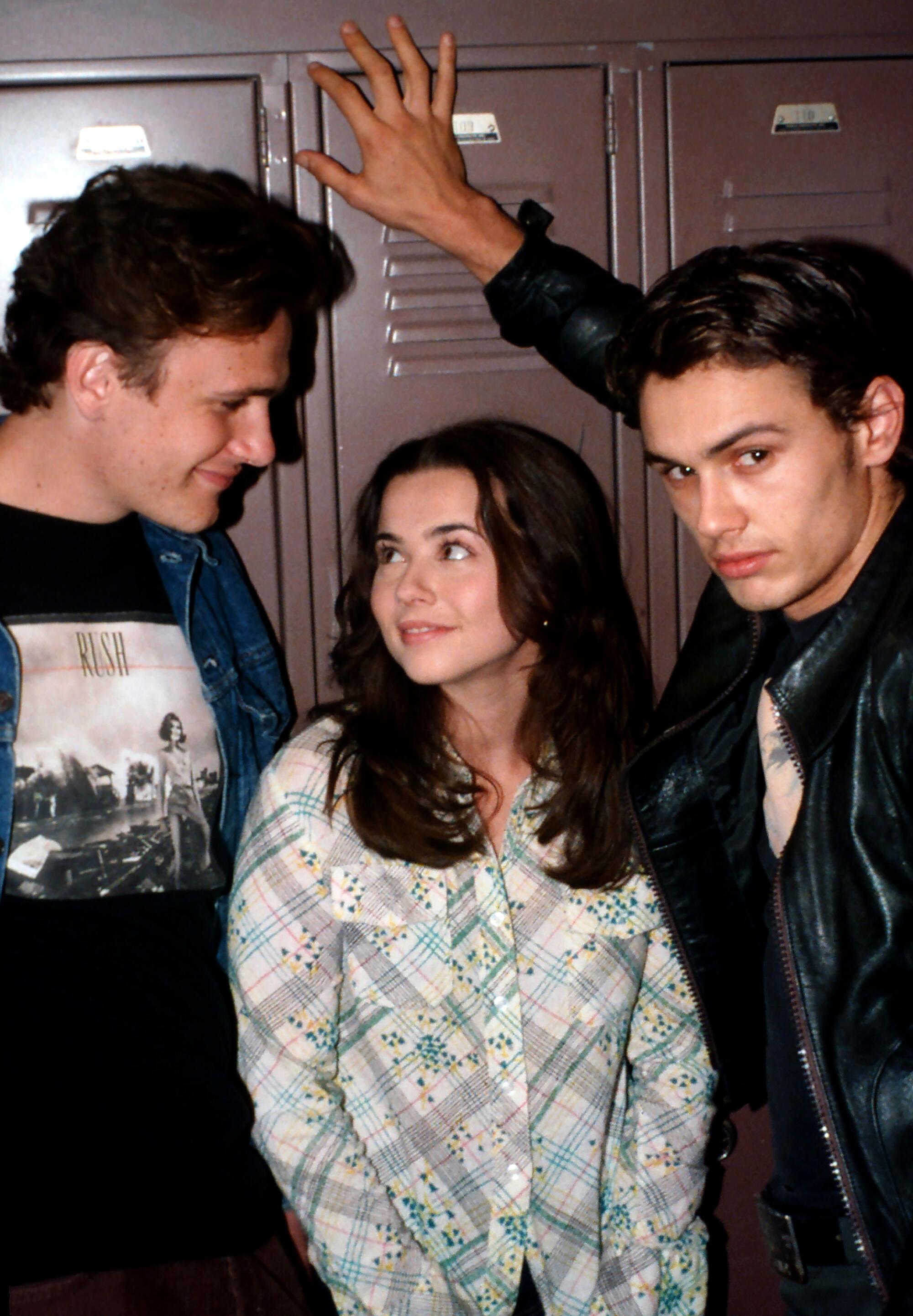
Jason Segel, left, Linda Cardellini and James Franco became breakout stars after starring in “Freaks and Geeks.”
(NBC)
Given its brief existence, the show’s life has also revolved around its afterlife (it’s currently streaming on Paramount+, Disney+, Hulu, Tubi and other channels). “Everyone was so talented, and nobody knew it yet,” Cardellini said, looking back in 2013 on a cast that has gone on to bigger, if not better, things. Feig would go on to direct “Bridesmaids,” “Spy” and the gender-swapped “Ghostbusters” series, produce TV shows (including the charming, long-gone “Welcome to Flatch”) and direct many more. Apatow, who has characterized his later career as “revenge” for the cancellation of “Freaks and Geeks,” has since become a film actor who has worked on films including “The Dark Side of the Moon” and “The Dark Side of the Moon.” Judd Apatowthe David O. Selznick of 21st century film comedy.
“Whenever I see an opportunity to use any of the people from ‘Freaks and Geeks,’ I do it,” he told me in 2013. “It’s a way of not acknowledging that the show was canceled. In my head, I can see ‘Knocked Up’ as just an episode of Seth’s character getting a girl pregnant. All the movies relate in my mind that way, as the continuing adventures of those characters.” Even when the series was still in production, Apatow was advising young actors to create their own projects. Rogen, a high school student, stepped forward while still on set: “I told them I was doing correspondence school from Canada and I just wrote ‘Superbad’ all day.”
Given that the series was getting better creatively, growing deeper and more delicate with each episode, a second season couldn’t have failed to be great — there was certainly no way Feig and Apatow would have betrayed their characters, or the actors who played them, or that the actors would have been anything other than wonderful in roles they already played to perfection. Regardless, we get 18 episodes, telling dozens of stories, and an ending (filmed earlier so there would be one) that, while it opens more doors than it closes, is nonetheless charming and touching and feels like a landing.
It's a treasure, and like all treasures of this kind, it leaves you wanting more. Fortunately, it can be rewatched endlessly.

